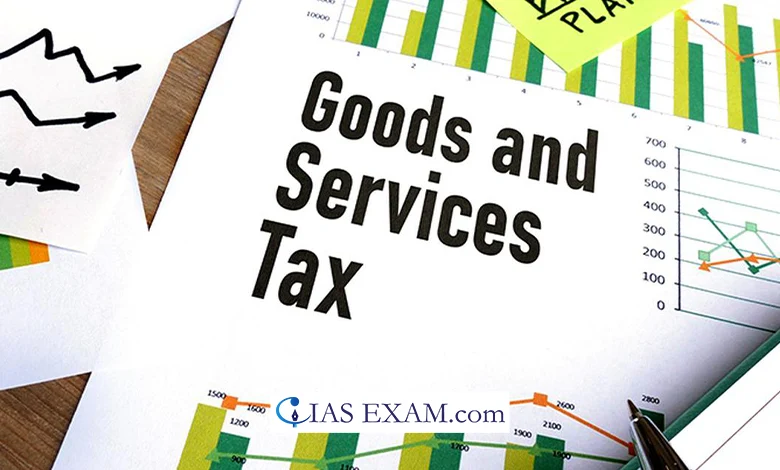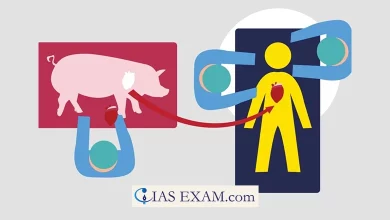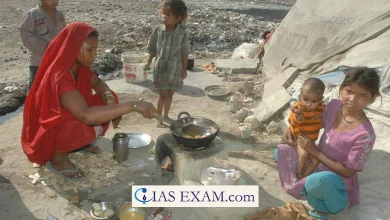Reparation on the Indian GST System
Syllabus: Indian Economy, [GS Paper - 3]

Context
The famous economist Vijay Kelkar has expressed the paramount importance of reparation on the Indian GST System considering that it is too complex and detailed. He has argued how crucial revisions are in order to reduce the existing system’s bureaucratic domination, which hampers its performance.
About GST
- India inaugurated its GST (goods and services tax) on July 1, 2017, hence, it replaces different indirect taxes in a destination-based taxation mode.
- The Council of NGST is responsible for administering it and at the same time increasing the equity of promotion of national markets and a healthy market, there is only a single taxation system.
- GST accommodates multiple ranges, at first set at 5, 12, 16, 28%, classified as per the GST Council. The law of GST is formed by The (101st amendment) Act of The 2016 constitution for CGST, SGST and IGST, the taxes among the central and the state being integrated into one system, which ensures proper administration on.
About the Proposal for Single GST
- The single GST rate model is a matter of concern, discussion and debate among the policymakers and economists. The objective is to make the current complex GST system into a simpler four-tier one. According to supporters, the GST single rate would facilitate a clearer tax collection system, and eliminate some tax related difficulties for businesses.
- Nevertheless, the opponents fear revenue collection, the regression of one flat rate, and increased costs for some goods and services. In the end, the idea of a unique GST rate had provoked a vibrant discussion on India’s future tax regime and the best possible option for achieving efficiency and equity in taxation.
- Kelkar proposed to institute a uniform GST rate of 12%for all levels of government and to structure the tax framework in such a manner so as to accomplish the goal of simplifying the tax structure as envisaged. He shows the efficiency of countries that have adopted a single rate for GST/VAT, as it has been proven that it helped to raise collections and cut down conflicts and disputes.
Reason behind the need for a Single GST rate
- Simplification of the structure: The single GST rate will simplify matters for businesses as compliance would be the case. Also, elimination of intricate classification would be possible.
- Promotion of manufacturing and exports: Because multiple rates of GST in itself reduces the burden of various taxes, it could boost the level of manufacturing and export and therefore, it stabilises the tax regime.
- Prevalence in other countries: It has been observed by some developed as well as emerging economies (Singapore and New Zealand), that the single-rate GST or VAT system produces desirable results and provides a strong base for effective income taxation.
- Addressing GST frauds: High GST rates often contribute to the VAT evasion by the participants of the market making them shift towards informal economy, a single-rate system aimed at decreasing the level of fraud by hindering informal activities and thus supporting transparency.
- Reducing litigation: It’s worth it to state that the use of uniform GST can avoid classification disputes to some extent because of ambiguous tax rate interpretation every now and then.
Conclusion and Way Forward
- Adopting one GST rate will enhance simplicity of compliance, push the country to growth in the long run, and stop the incidence of fraud. By ensuring a uniform distribution of GST revenue among local bodies equal foundations of fiscal management will be supported, fairness will be promoted, bureaucratic virtue will be reinforced, and fiscal federalism for equitable distribution will be observed.
Source: The Hindu
UPSC mains Practice Question
Q.Discuss the implementation and impact of Goods and Services Tax (GST) in India since its introduction in 2017. Evaluate its effectiveness in streamlining taxation, creating a unified national market, and facilitating coordination between state and union taxes. Assess the challenges faced and suggest measures for further improvement in GST administration.[250 Words]





.png)



